This project is an effort to design a smartwatch wearable with 10 year battery life on a single charge.
The secondary goals are to learn/advance knowledge low-level design of embedded full stack circuitry and devices for wearables, ultra-low power, maintenance-free, battery powered, wireless, app-driven, and off-the-grid.
Developing a smart watch from scratch would be a great learning experience to advance my knowledge of low-power, self-contained powered devices. Hence, we learn about watches, smart watches and wearables in general by designing one.
This is not a commercial effort. I doubt that we are making anything new per se, however, we are trying to advance the art a lot further than others into the low-power domain.
My background should allow me to filter out the noise and focus on the salient points. My points of view below.
Features:
- Ultra-long life. Years, if not decades. The last watch you'll ever need.
- Maintenance free. Never needed to open and fix anything inside.
- Avoid buttons. Buttons open up the watch to maintenance. Dirt. No moving parts. No bolts, no screws, no mechanical parts. Sealed shut. Control via smartphone? Bluetooth?
- Tough. Bang it on a rock or use it to crush rocks. Metal, steel? Titanium? Aircraft aluminum?
- Under water. Deep ocean depth grade watch.
- Solar / RF powered may be in the future? No battery change.
- Multiple time zones. Automatic time adjust / set up.
- Other features? Compass, altitude, GPS? Atomic clock sync up? Accelerometer? NFC, BLE? What are other watches using?
- Sapphire crystal. Seems other watches are big on sapphire. Diamond? Too brittle? Mineral crystal? Acrylic?
- Anything else?
Work to do... Please check the logs for daily progress!
 VALENTINE
VALENTINE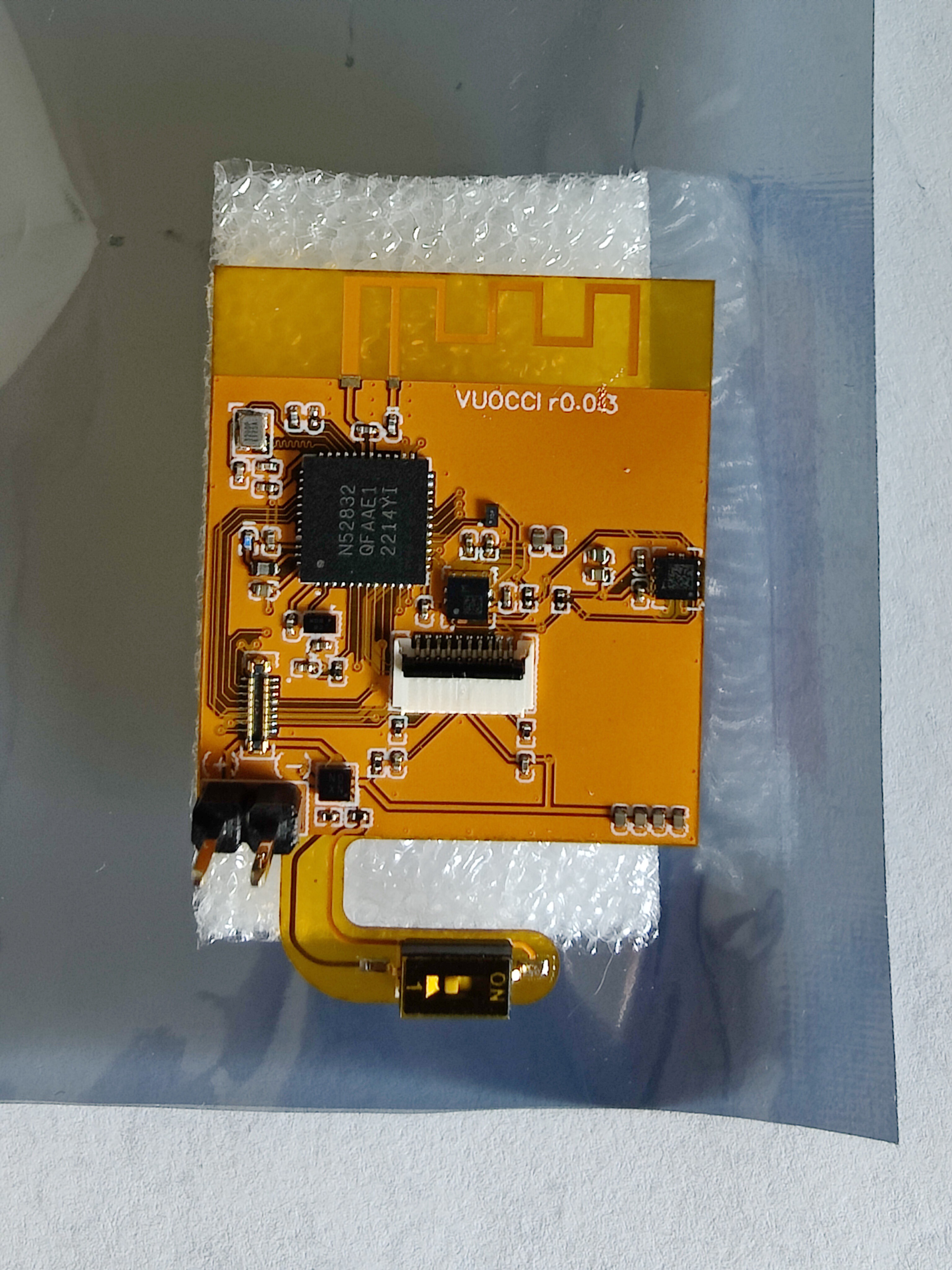

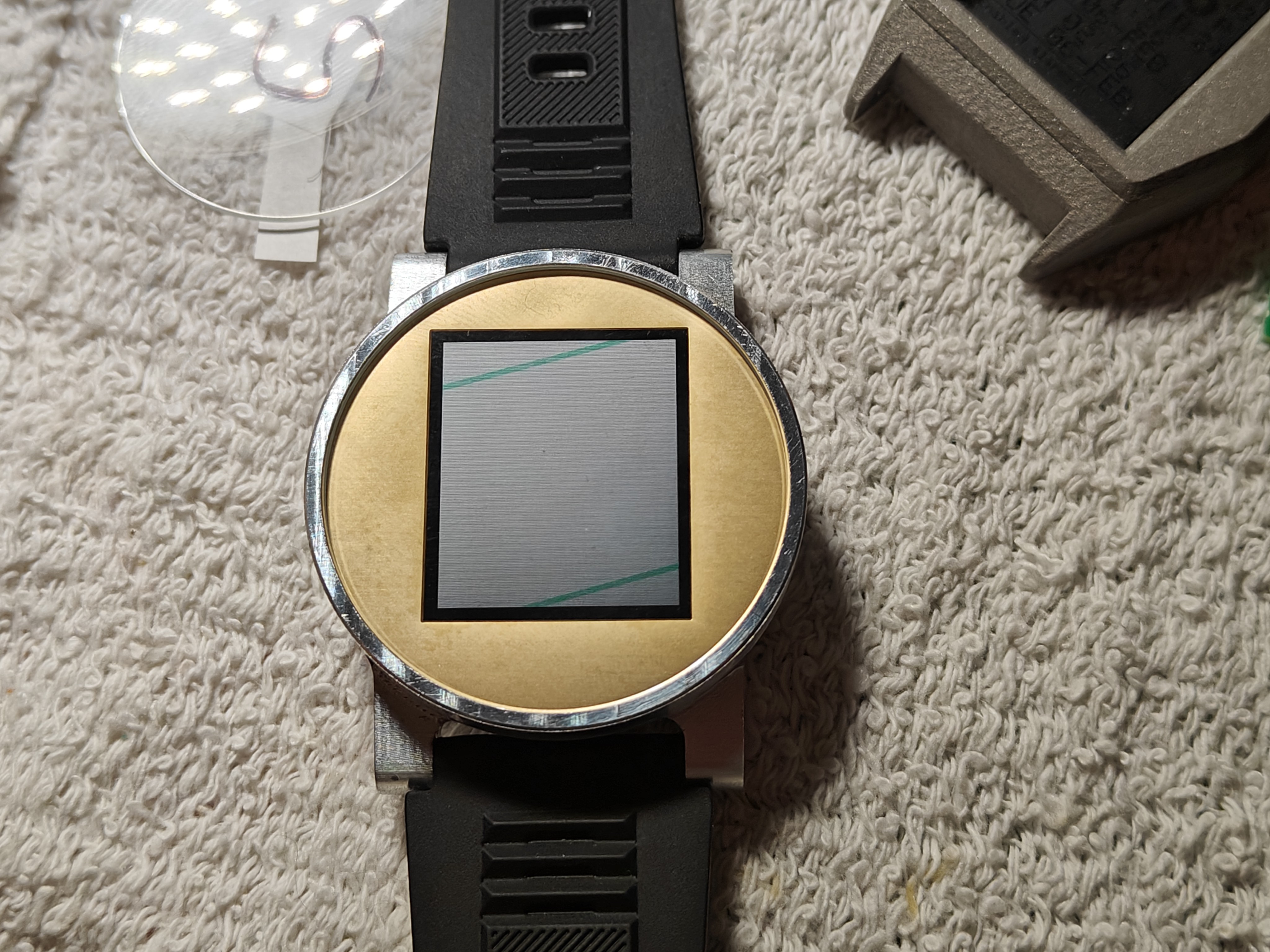
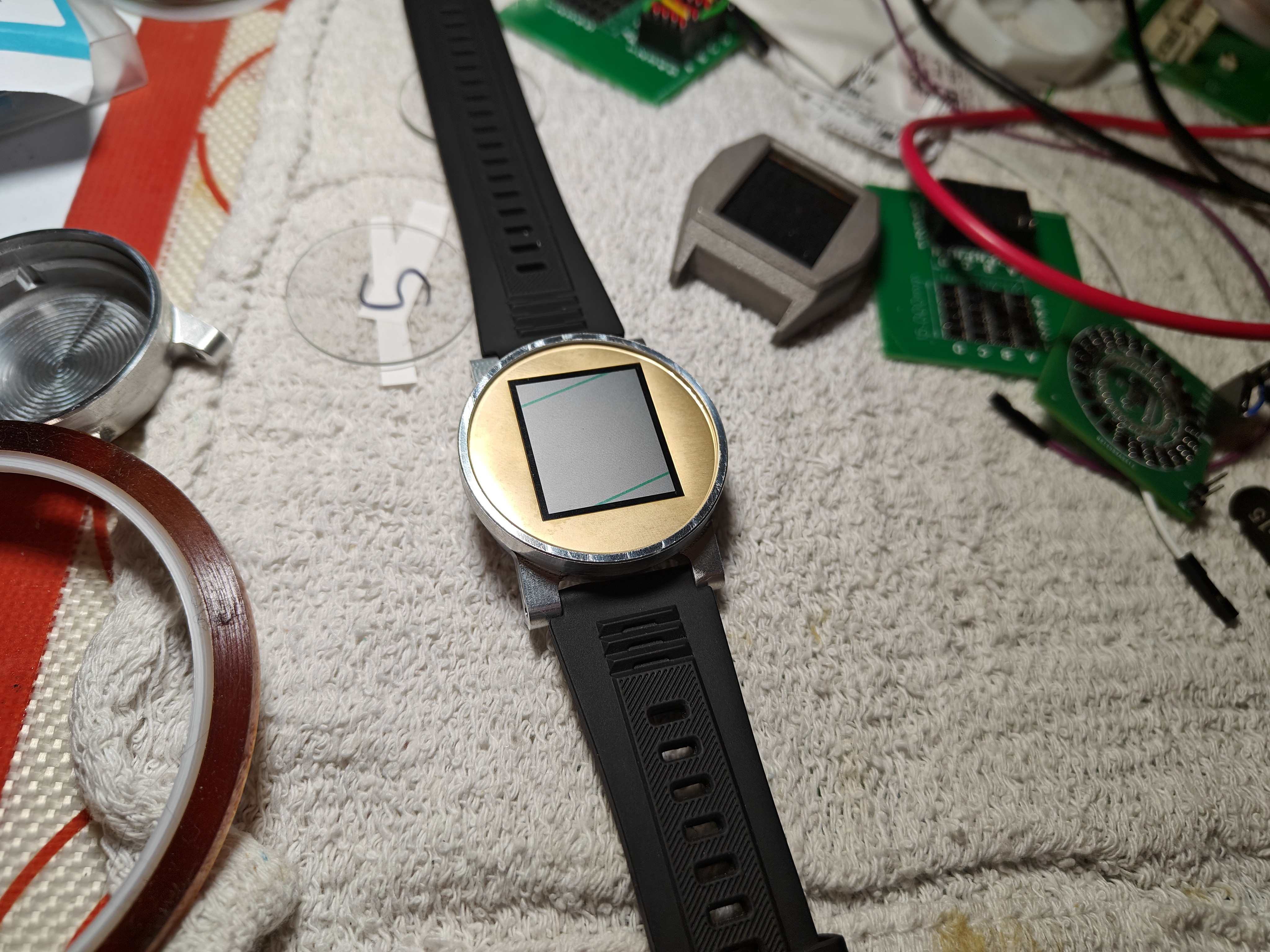
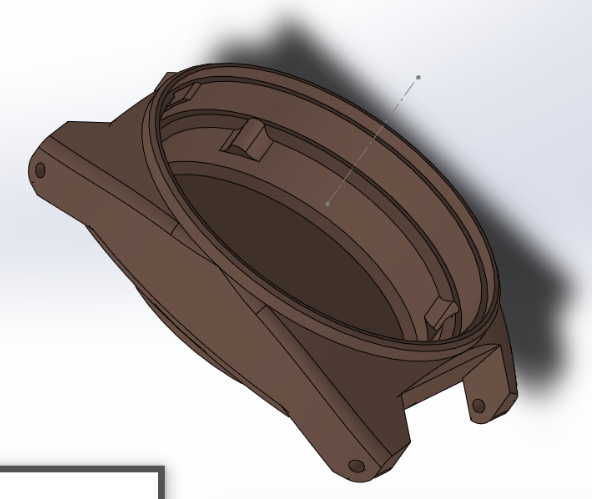
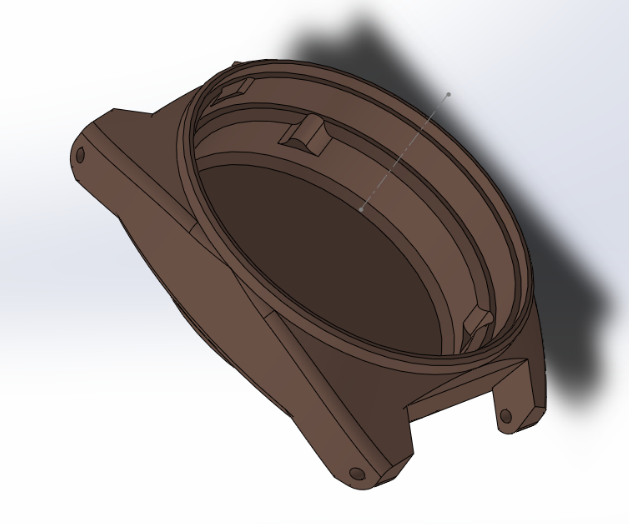
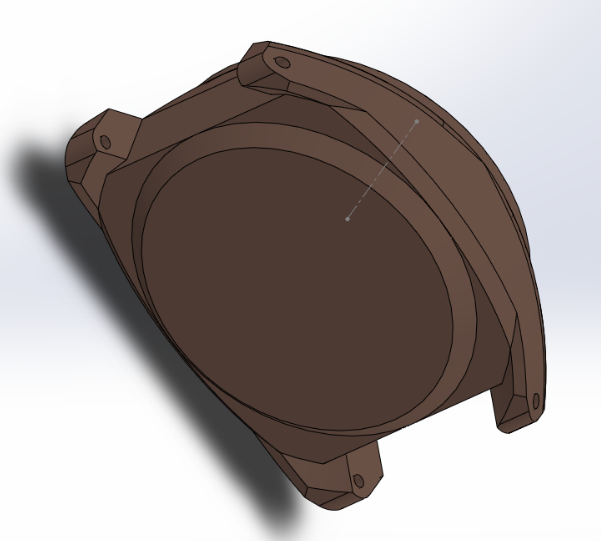
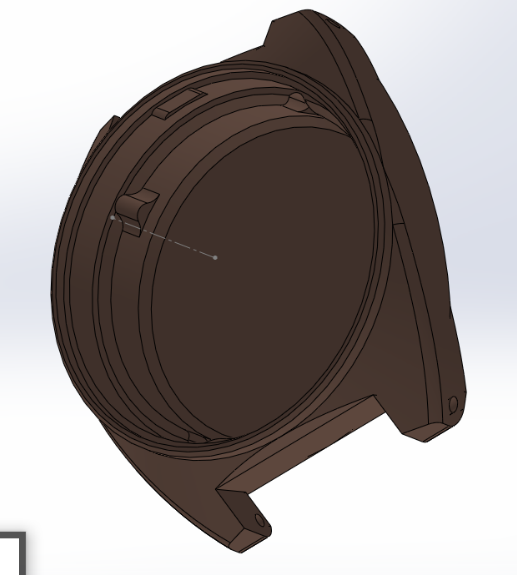
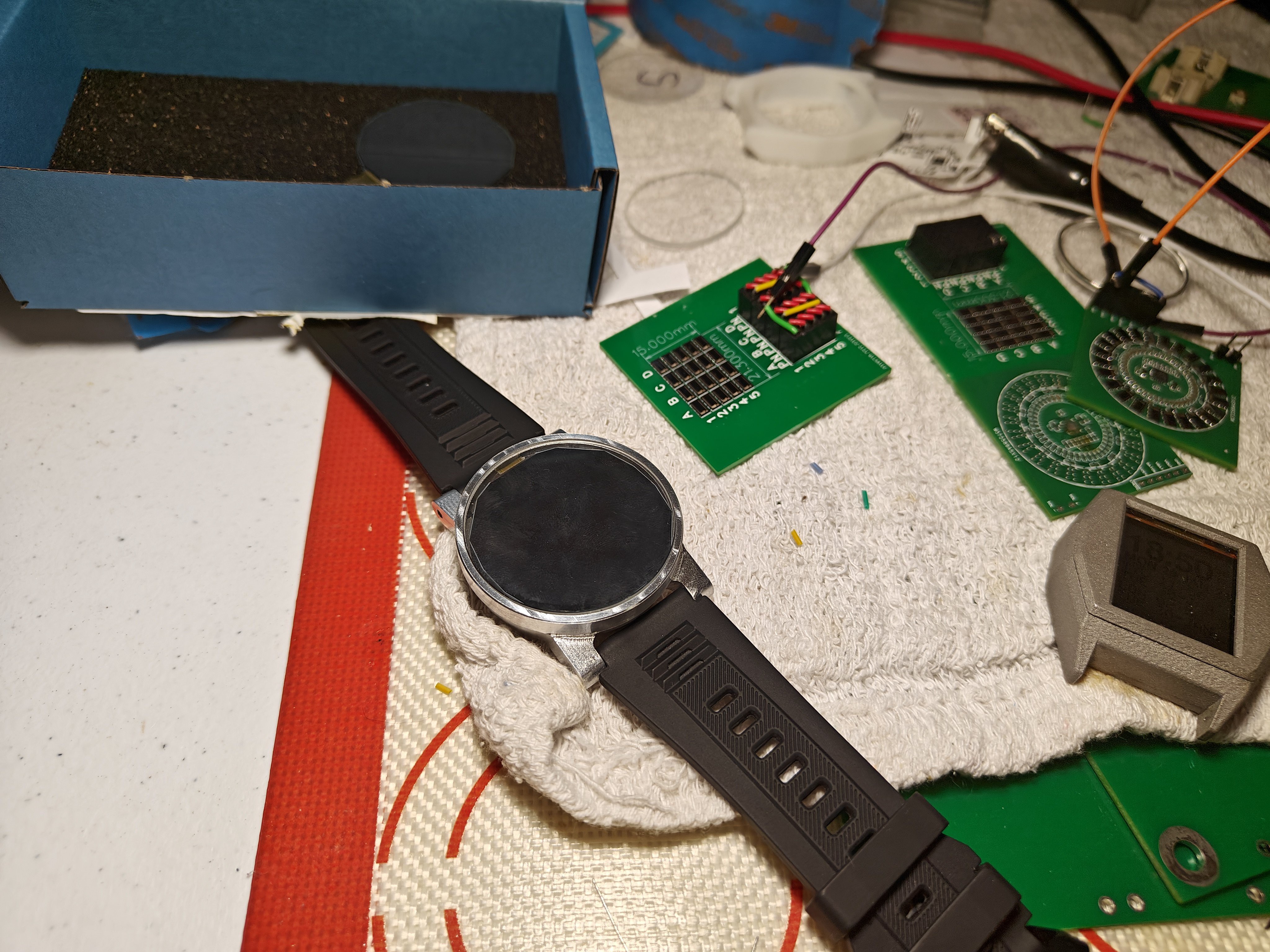
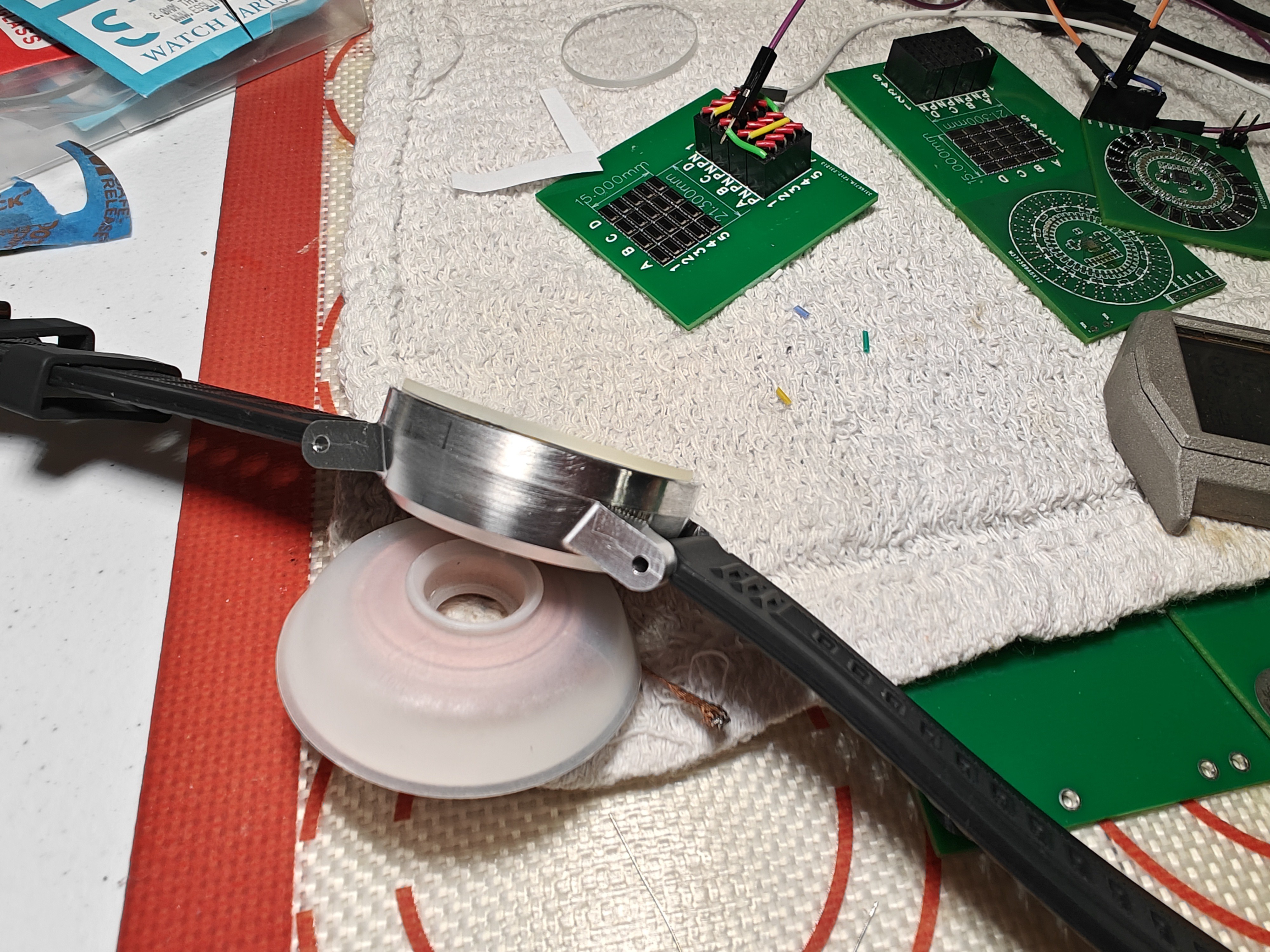
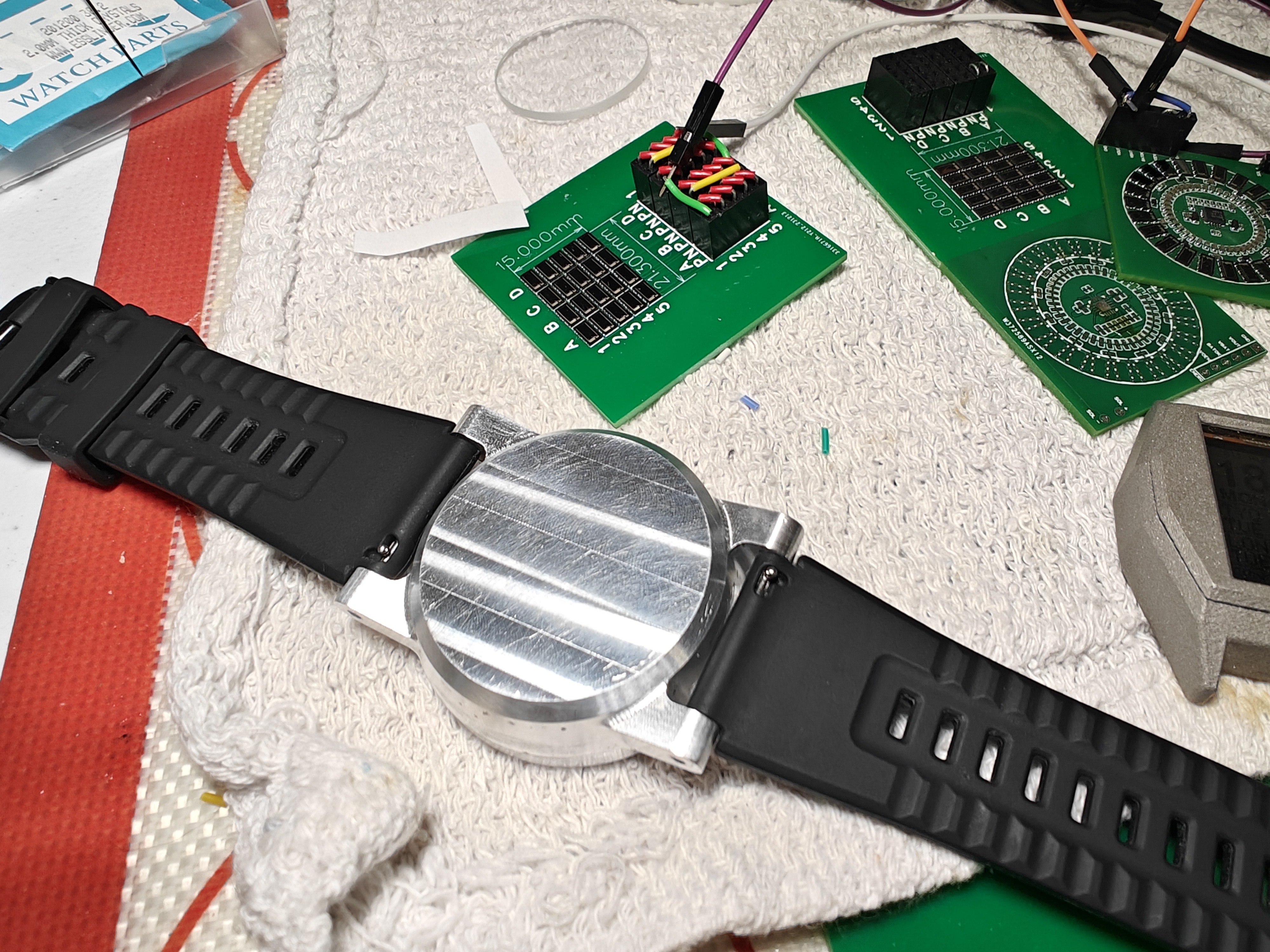
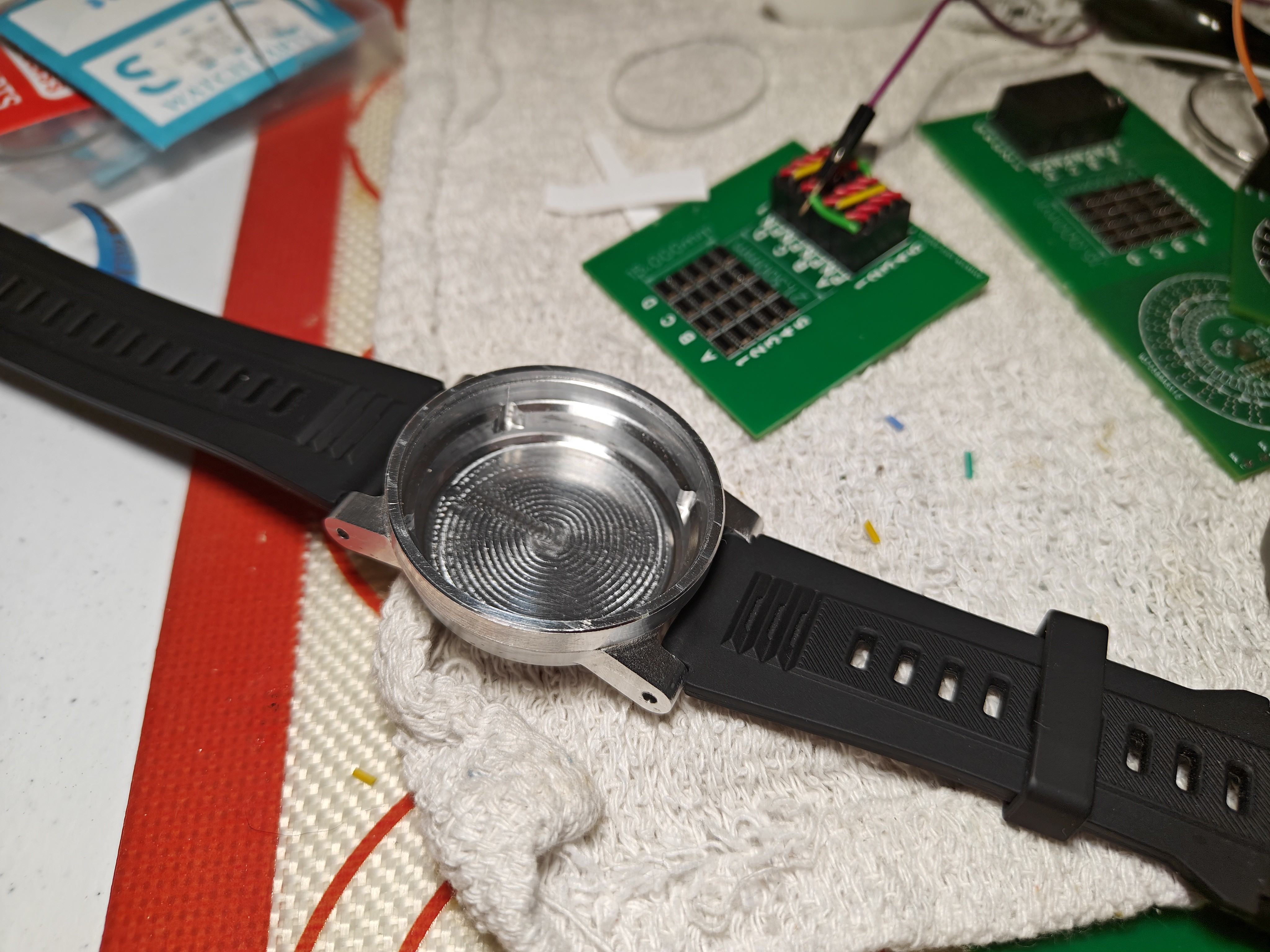
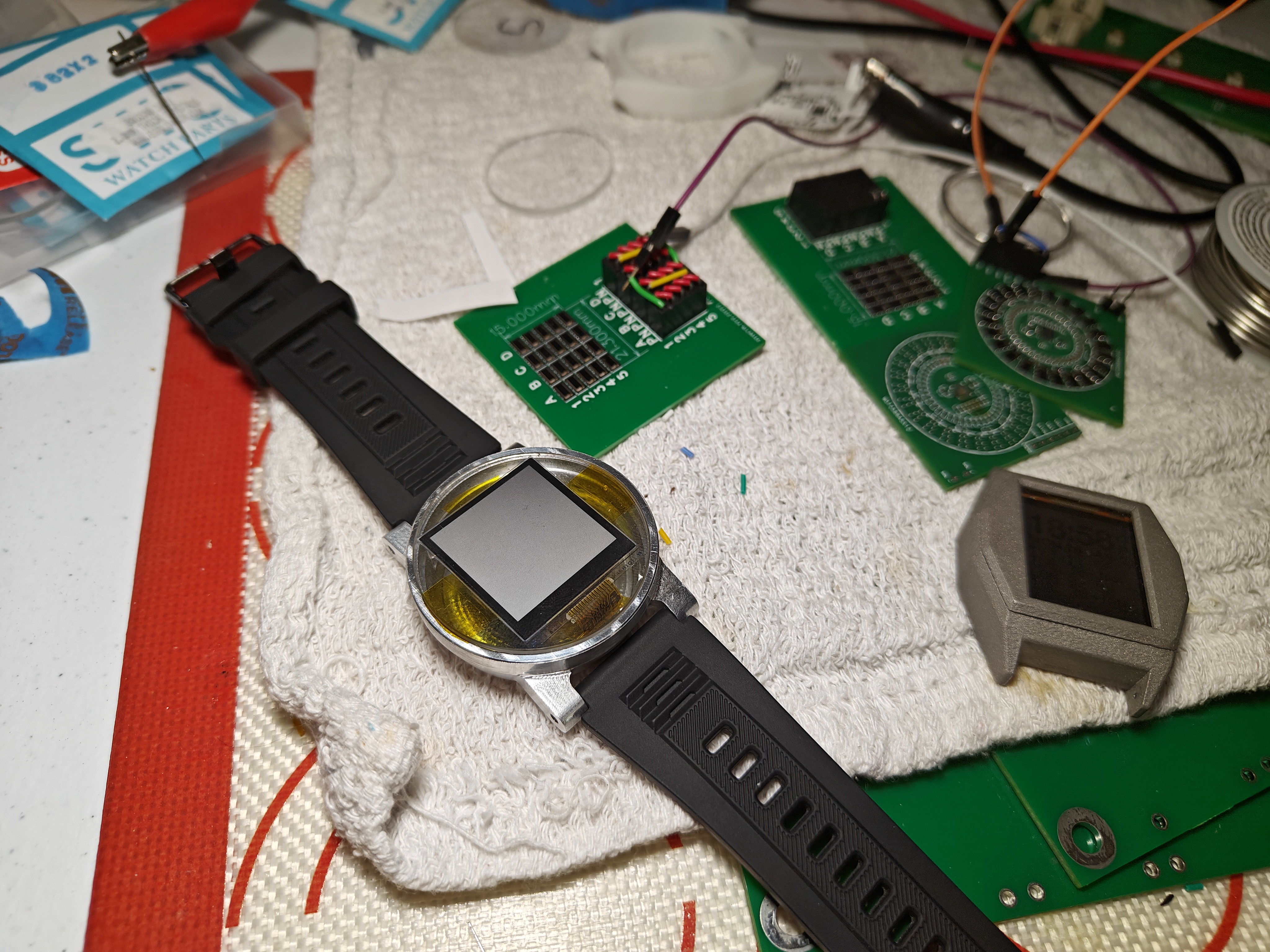
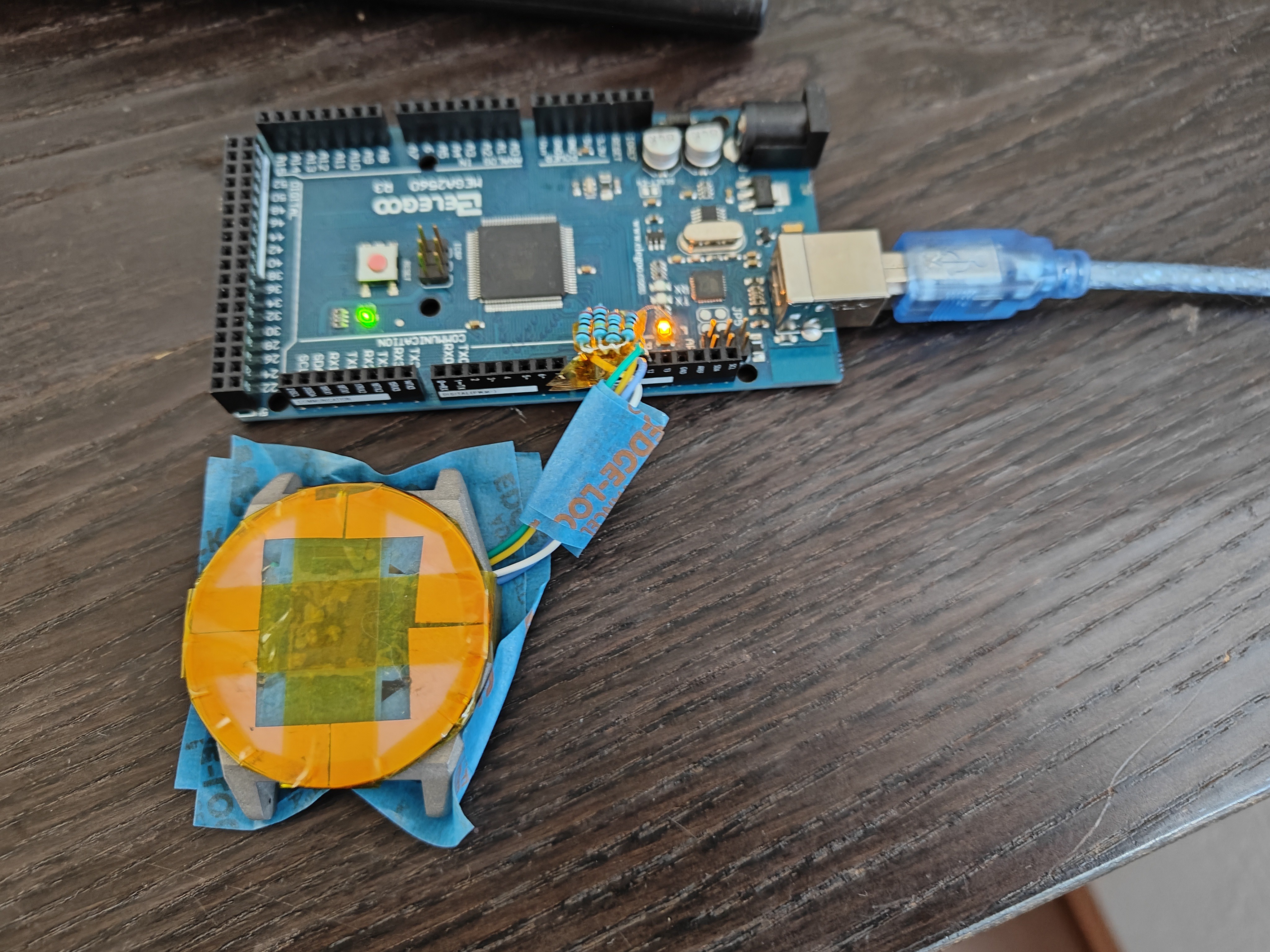

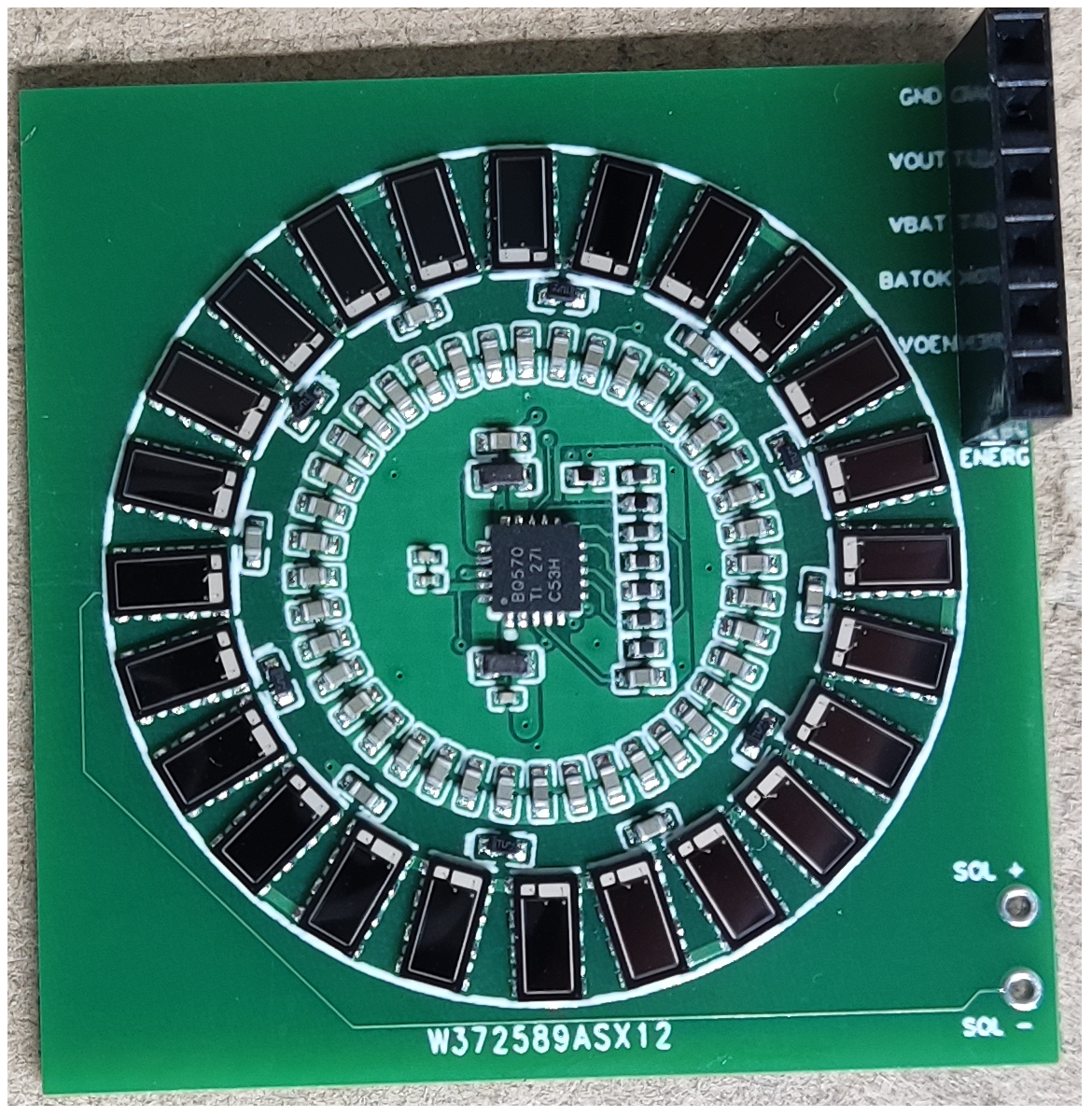
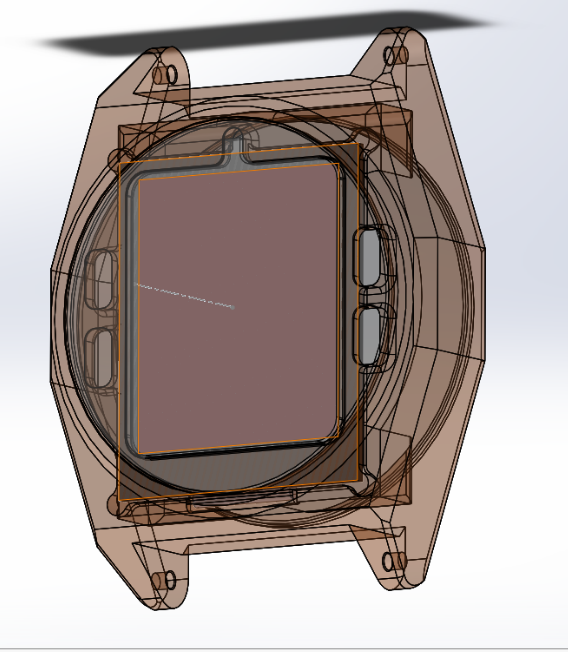








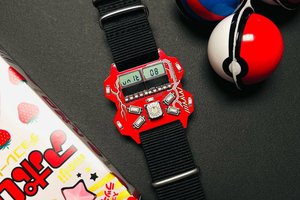
 Eric Min
Eric Min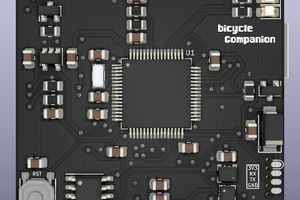
 Matias N.
Matias N.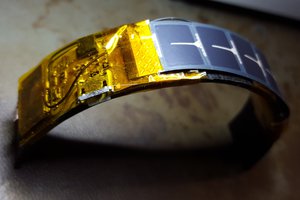
 DrYerzinia
DrYerzinia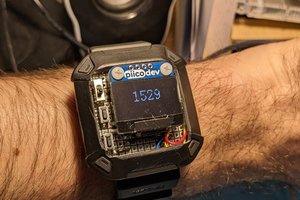
 Maso
Maso
https://kairoswatches.com/ make expensive designer watches with a transparent OLED over a mechanical face.
Maybe you could fit a transparent colour OLED over a low-power e-ink display?